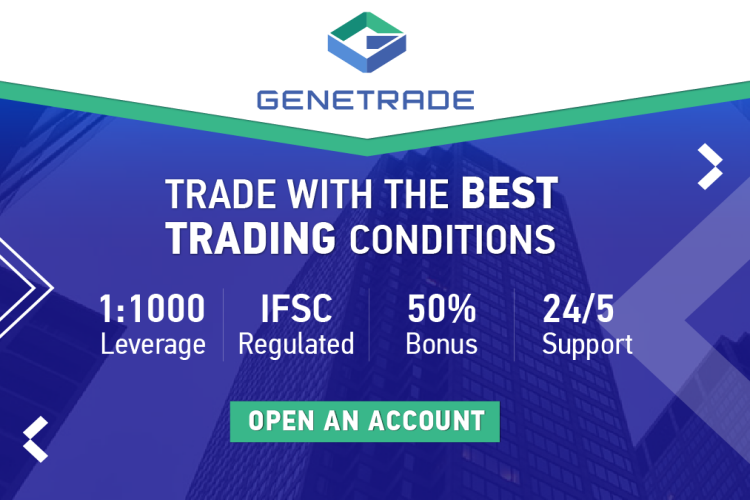Risk, Reward and Expectancy
Welcome to Risk, Reward and Expectancy! In this video, you will learn about risk reward ratios, trading expectancy, and breakeven points.
Risk Reward Ratio
The risk reward ratio shows how much money you are risking versus the potential reward on a trade. While this may seem simplistic, many traders neglect to consider this step and often find that they end up with large losses.
In order to attain the risk/reward of a trade, both the risk and profit potential of a trade must be defined by the trader. Risk is determined using a stop loss order. Reward is determined using a take profit order. A stop-loss order is designed to limit an investor’s loss on a position in a security. A profit target is used to establish an exit point should the trade move favorably.
Let’s say you have a possible double bottom and want to buy the Euro with the following parameters: entry level at 1.15, stop loss level at 1.14, and take profit level at 1.1650. You are risking 100 pips to make 150 pips. That’s a risk to reward ratio of 1:1.5. In other words, you are risking 1 unit in search of a potential reward 1.5 times the risk involved. The same would apply in the case of buying any other asset
Let’s take a look at a few examples of risk to reward ratios.
- If the risk is $200 and the reward is $400, dividing 200 by 400, gives a risk-reward ratio of 1:2.
- If the risk is $500 and the reward it $1,500, dividing 500 by 1500, then the risk-reward ratio is 1:3.
- If the risk is $1,000 and the reward is $500, dividing 1000 by 500, then the risk-reward ratio is 2:1.
Outlining the risk to reward of a strategy can help traders better understand the accuracy needed – which can be used to optimize money management for the chosen trading method.
Expectancy
Now that we understand risk to reward ratios, we can discuss trading expectancy. “Expectancy” is the average amount you can expect to win or lose per dollar at risk. Mathematically, it is defined as the probability of win times the average win minus the probability of loss times the average Loss
|
For example, say that a trader has a system that produces winning trades 30% of the time and losing trades 70% of the time, the average winning trade gives a profit of $1000 while the average losing trade is $200. Putting the numbers in the formula, we find an expectancy of $160.
He is expected on average to make a profit of $160 per trade. So even though this system produces losing trades 70% of the time, the expectancy is still positive and thus, the trader will make money over time.
Positive Expectancy $160 = (30% x $1,000) – (70% x $200) |
We can also see how you could have a system that is accurate majority of the time but have a negative expectancy (if the average loss is large enough compared to the average win). In this example, the trader has a system that produces winning trades 80% of the time and losing trades 20% of the time. The average winning trade gives a profit of $200, while the average losing trade is $1000. Putting the numbers in the formula, we find an expectancy of minus $40. He is expected on average to make a loss of $40 per trade. Even though the system produces winning trades 80% of the time, the expectancy is negative, and thus the trader would lose money over time.
Negative Expectancy –$40 = (80% x $200) – (20% x $1000) |
Breakeven Points
Any method that has positive expectancy will make money in the long run, while any method that has negative expectancy will lose money. When the expectancy is zero, the trader will break even.
For example, using a risk to reward ratio of 1:0.25 would imply that we need 80% accuracy to be at the breakeven level, that is, have an expectancy of 0. A risk to reward ratio of 1:1.5 would require 40% accuracy to be at the breakeven level. A risk to reward ratio of 1:4 would require only 20% accuracy to be at the breakeven level.
The interesting thing is that most of us would feel better with a system that produced more winning trades than losing. The vast majority of people would have a lot of trouble with a low accuracy system, because of our natural tendency to want to be right all of the time. Yet, we can see by the previous examples that the percentage of winning trades is not the most important factor in building a trading system. While accuracy is important in trading, any conversation about accuracy must also include the concept of expectancy.
Recap!
Risk reward ratio | Shows how much money you are risking versus the potential reward on a trade. |
Stop loss order | Determines risk; designed to limit an investor’s loss on a position in a security. |
Take profit order or profit target | Determines reward; used to establish an exit point should the trade move favorably. |
Expectancy | The average amount you can expect to win or lose per dollar at risk. |
Positive expectancy | Occurs if upon calculation of win minus loss, a trader is expected to profit. |
Negative expectancy | Occurs if upon calculation of win minus loss, a trader is expected to lose money. |
Breakeven point or zero expectancy | Occurs if upon calculation of win minus loss, a trader is expected to neither profit or lose money. |
In the next video, we will talk about Trading Psychology. Thank you for watching!


